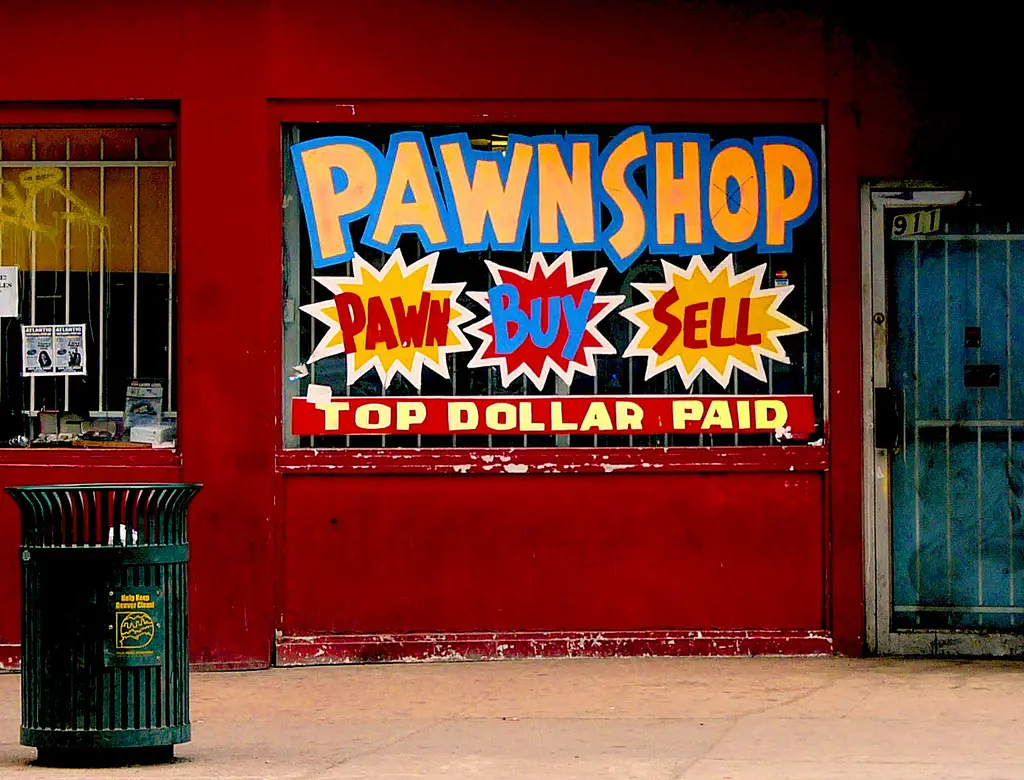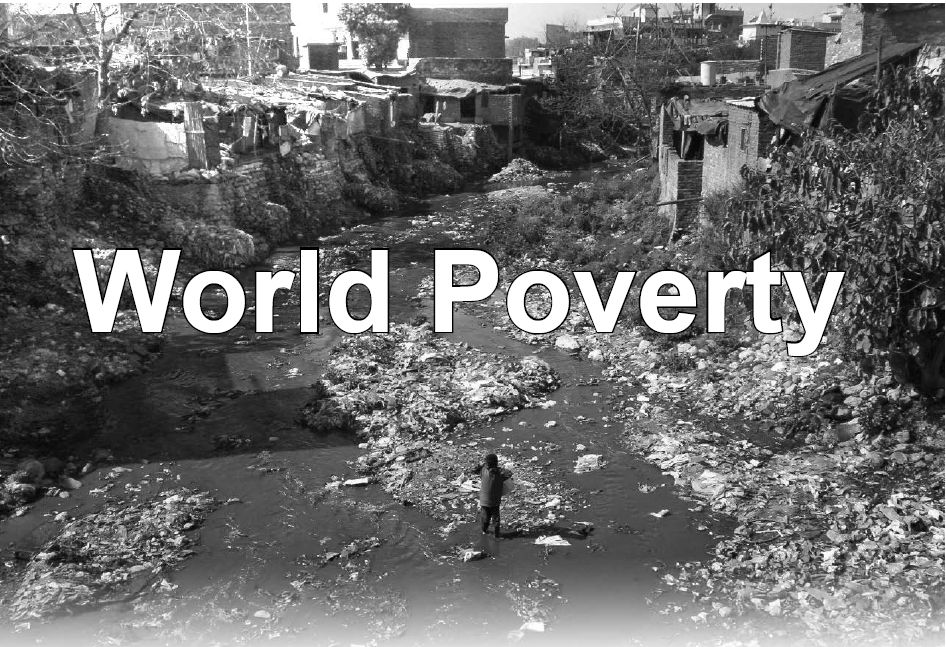
On May 4th 2013 Floyd Mayweather will enter the ring to fight Robert Guerrero, it will be the first installment of the six-fight deal he signed with Showtime last February. At 36, Mayweather would seem to be entering the homestretch of his Hall of Fame career.These fights will comprise the final chapters of Mayweather's story. So with each new opponent that the pound-for-pound king faces, it's only natural to speculate on how the fight will impact his legacy. While few people are giving Robert Guerrero much chance to win against Mayweather, there's no question that he is a worthy contender. He won world titles at feather and lightweight, and after his performances against Selcuk Aydin and Andre Berto, he left no doubt that he is a serious threat at 147.
The only fighters who could justifiably be rated above Guerrero at welterweight are Juan Manuel Marquez, Manny Pacquiao and Timothy Bradley. Mayweather already beat Marquez, by a shutout, and he's not likely to fight Pacquiao or Bradley so long as they are signed to Bob Arum's Top Rank.
That leaves Guerrero, a multi-division world champion and future Hall of Famer. He's a tough, tenacious fighter who knows he's not likely to see this sort of opportunity come his way again.
For this reason, I believe a win over him might very well end up adding more to Mayweather's legacy than might seem likely at first glance. In historical terms, it could mark a new era in his career.
We've seen the Pretty Boy Floyd era, when Mayweather was a sensational young phenom, knocking off the likes of Diego Corrales, withstanding the storm of Jose Luis Castillo and delivering a one-sided beatdown on Arturo Gatti. We've seen the Mayweather of his prime, cutting down the likes of Zab Judah, Oscar De La Hoya, Ricky Hatton and Marquez. To my mind, the amount that Guerrero adds to Mayweather's legacy is going to depend in large part upon how Guerrero performs on May 4. If Mayweather wins easily, his detractors will once more criticize him for taking a so-called safe fight.
To me, it has always seemed laughable to argue that a professional fighter with a 43-0 record is some kind of cowardly wimp. There are things not to like about Floyd Mayweather, but you don't climb to the top of the mountain in a sport like boxing if you are not a fundamentally tough human being.
So in a strange way, a harder fight against Guerrero could potentially add more to Mayweather's legacy than another easy walk in the park. Showing that he can dig down and overcome a little bit of adversity is the only thing he has left to prove to anybody.Fans love a winner, but they also love a hero with at least a touch of vulnerability. Receiving a bloody nose from Miguel Cotto last year pushed Mayweather's popularity to an all-time high. I don't think Robert Guerrero has the talent to hang in with Mayweather all night long. But I do think he is a courageous and determined fighter, and that he will give his all on May 4th. Another thing, do you remember when iron mike tyson went to jail and when he came out he got his butt whopped alot people were saying that something was given to him in jail that weakened him..........hmmmmm well lets see if mayweather has any better luck.


















